Here's what popular dog breeds looked like before and after 100 years of breeding
Bull terrier then

Bull terrier now
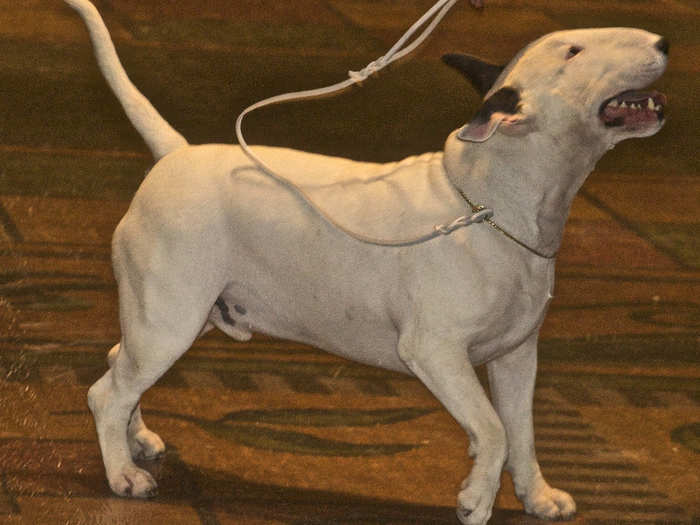
But today, bull terriers are bred to have a football-shaped head and thick, squat body — a far cry from the lean and handsome dog of 1915.
The AKC now states that the dog's face "should be oval in outline and be filled completely up giving the impression of fullness with a surface devoid of hollows or indentations, i.e., egg shaped." According to Science of Dogs, it also developed extra teeth and a habit of chasing its tail.
English bulldog then
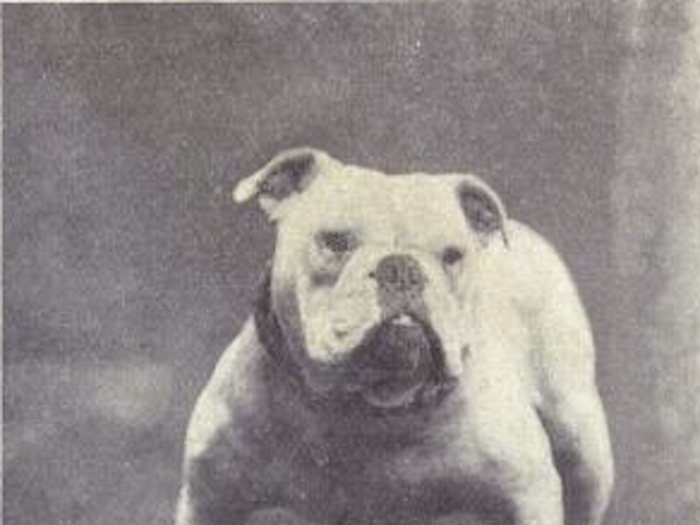
Few dogs have been as artificially shaped by breeding as the English bulldog. In Great Britain, the dogs were used for bull-baiting — a blood sport where dogs were used to bait and attack bulls — until it became illegal in 1835. In 1915, the bulldog already had some of the characteristic features we see today, like saggy jowls and a squat stance.
English bulldog now
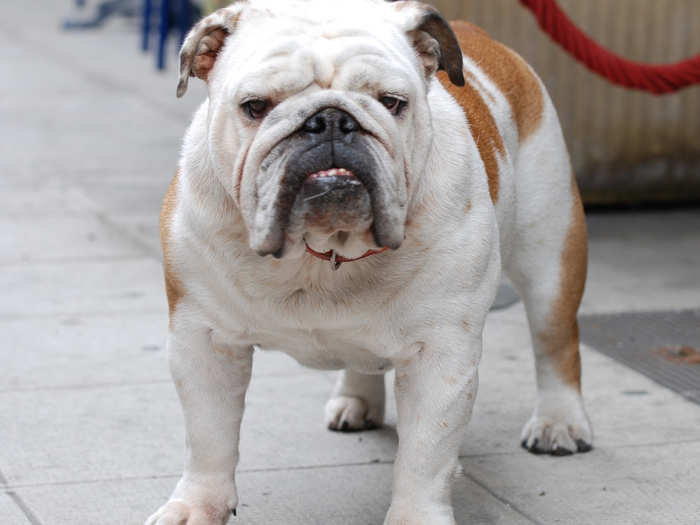
Today, breeders have bred the bulldog to have more pronounced facial wrinkles, and an even thicker and squater body. The AKC describes the ideal dog as having a "heavy, thick-set, low-swung body, massive short-faced head, wide shoulders and sturdy limbs." Sadly, bulldogs suffer from a number of health issues, such as breathing problems and overheating.
German shepherd then
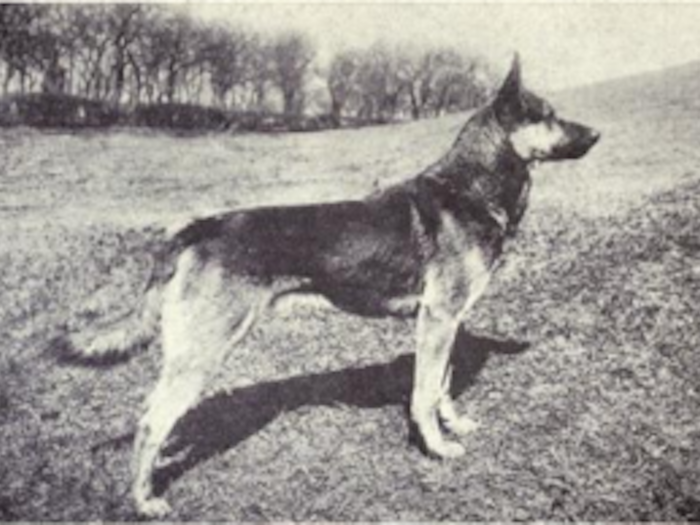
German shepherds have come to symbolize everything from loyalty and companionship to police brutality. The AKC first recognized is as a breed in 1908. In 1915, "Dogs of all nations" describes it as a "medium sized dog" weighing just 55 lbs, with a "deep chest, straight back and strong loins."
German shepherd now
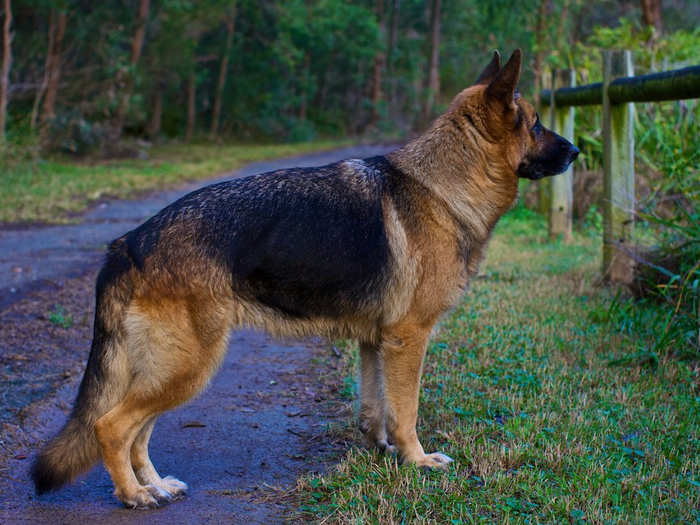
But today's german shepherds are bred to be considerably larger (75 to 95 lbs), with a more sloping back. The AKC describes the ideal specimen as "a strong, agile, well muscled animal, alert and full of life."
However, they are also prone to health problems, such as hip dysplasia, where the leg bones don't fit properly into the hip socket, and bloat, a condition in which the stomach can expand with air and twist, which can sometimes be fatal.
Airedale terrier then
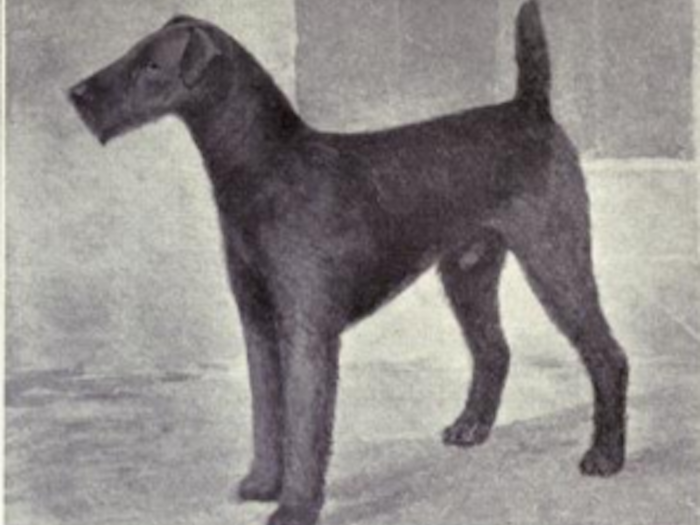
Though you can't tell from this photo, "Dogs of all nations" described the coloring of the airedale's head and ears as a rich tan, as well as the legs up to the thighs and elbows. And the dog's coat was "hard and wiry," but not long enough to be "ragged."
Airedale terrier now
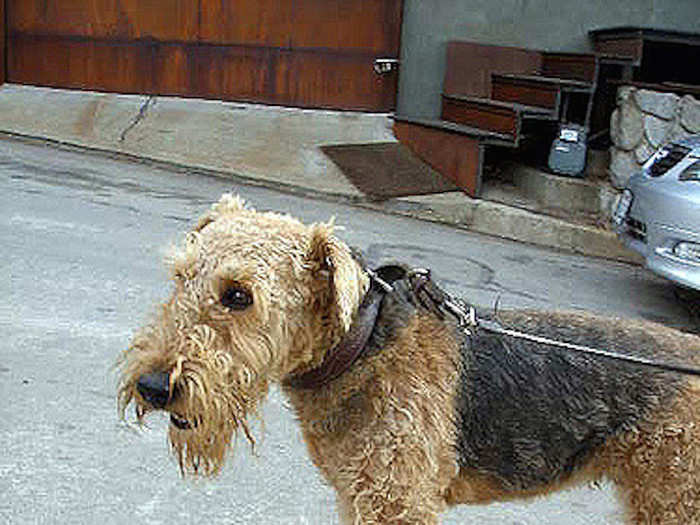
Today, the color appears not to have changed much, but the fur of modern Airedales definitely looks longer and more "ragged" than it was in 1915 (though why breeders value that now, we can't say). Airedales are considered the largest of all terriers, and are sporting and playful.
Shetland sheepdog then
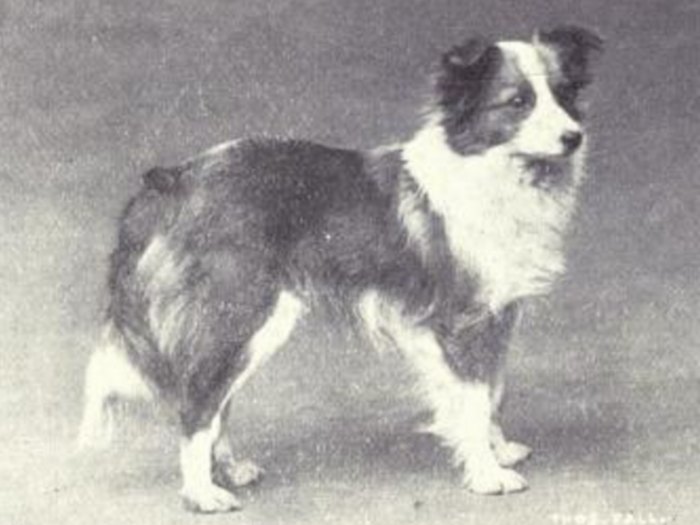
The Shetland sheepdog, or Sheltie, wasn't recognized by the American Kennel Club until 1911, just four years before the book this image is from was published. At that time, the book reports that it weighed just 7 to 10 lbs, and appears to have had medium-length fur.
Shetland sheepdog now
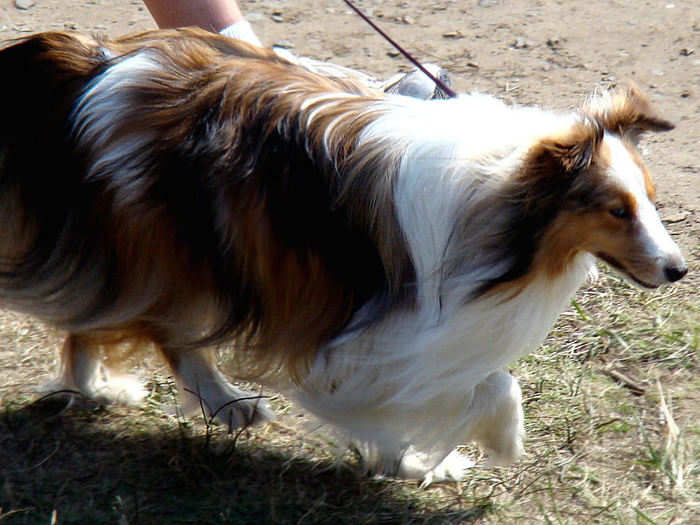
Today, the dogs have been bred to be larger, weighing at least 20 lbs, though still sleight. And their fur has become unmistakably longer than in 1915. The AKC now describes them as "small, alert, rough-coated, long-haired working dog." They are also very intelligent, and good at herding.
Popular Right Now
Advertisement